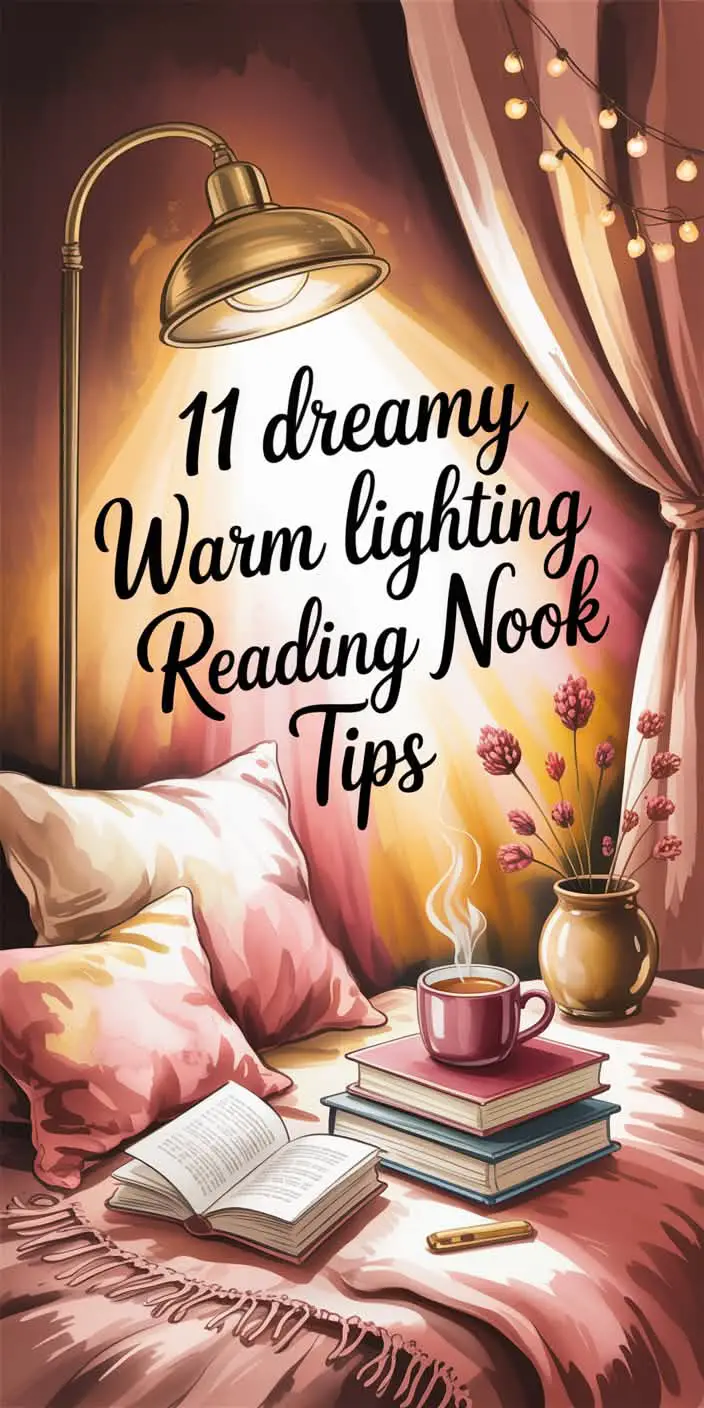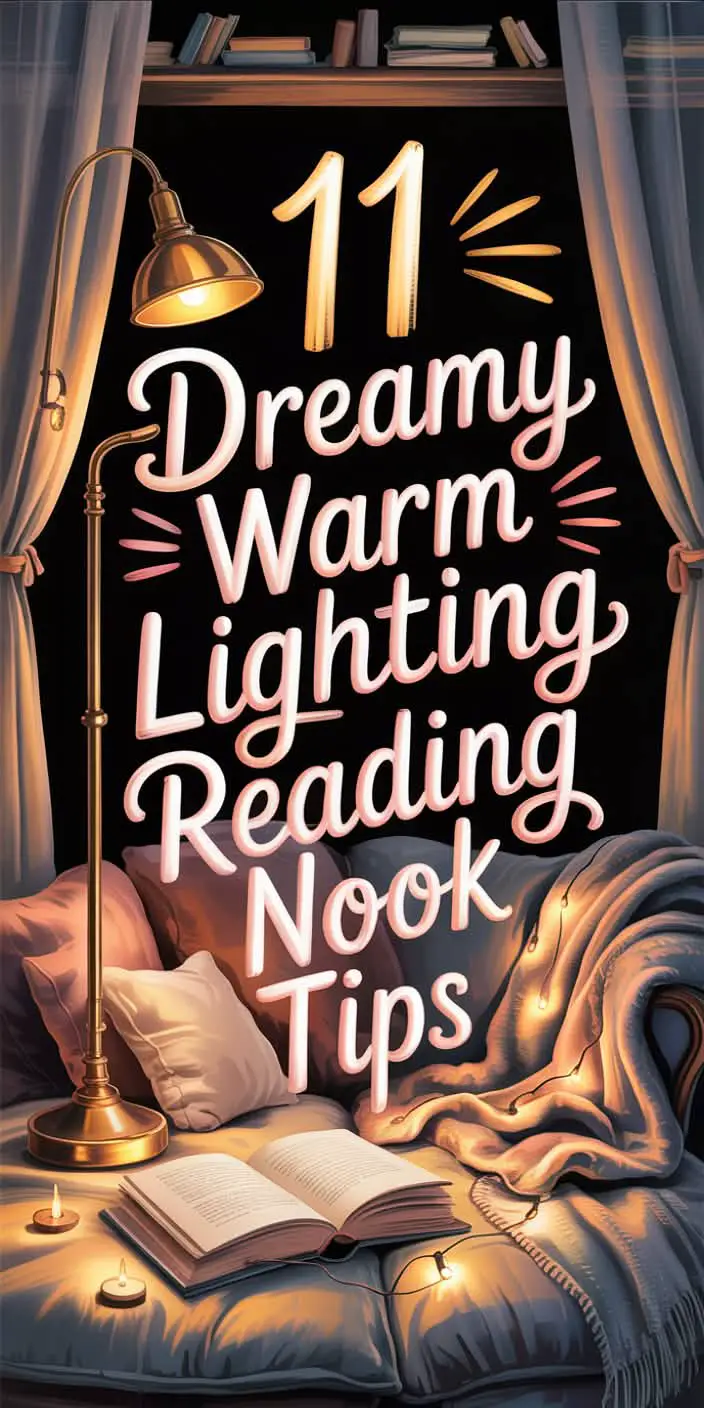Every reader dreams of a corner that belongs only to them. A corner where the world shuts up for a while, where the clock forgets to tick, where the only sound is the soft turning of a page.
I’ve spent years chasing that corner. Cafés with dim Edison bulbs. Subway cars with overhead fluorescents. Bedsides lit by crooked lamps. But nothing compares to carving out a space in your own home that whispers, sit down, stay awhile, lose yourself.
And the secret to making that space holy isn’t the chair, or the bookshelves, or even the blanket (though all those help). The secret is light.
Light makes the nook. It decides whether you’ll drift into a story or walk away with a headache. It decides whether your reading feels like escape or punishment. Get the light right, and suddenly you’ve built more than a corner — you’ve built a sanctuary.
Why Lighting Matters
Reading in bad light is like listening to music through a blown speaker. You can strain and make sense of it, but the joy is gone.
Too dim, and your eyes revolt. Too harsh, and your book looks more like a tax document than a doorway to Narnia. Science says poor lighting leads to fatigue, headaches, even lousy posture. But you don’t need science — you’ve felt it.
Good lighting doesn’t just illuminate words. It sets a mood. It cocoons you. It says: stay for one more chapter.
First: Where to Build Your Nest
Before you worry about lamps, find your spot. A corner by a window. An alcove. The edge of a bedroom no one else uses.
If you can get natural light, take it. Nothing beats it. Morning sun across your lap makes every book feel holy. Afternoon glow through sheer curtains turns the dullest paperback into a hymn.
But even if your nook lives far from a window, light can still be built. That’s the beauty of layering.
The Layers of Light
Think of lighting like a band. Each instrument has its place. Alone, they’re fine. Together, they sing.
1. Ambient Light — The Background
This is your foundation. The overhead glow. The daylight spilling in. It sets the stage, keeps the space welcoming. Warm bulbs (2700K–3000K) are your best friends here — golden, forgiving, candle-adjacent.
2. Task Light — The Spotlight
This is the star. A floor lamp arcing over your shoulder. A table lamp standing guard by your tea. A wall sconce aimed at your book.
The trick is placement: slightly behind and to the side of where you read, so the page glows but the glare never stabs your eyes.
3. Accent Light — The Atmosphere
This is where magic sneaks in. String lights draped along a bookshelf. Flameless candles flickering without risk. Even a tiny rechargeable book light clipped to your novel when you don’t want to wake the person beside you.
Accent light is less about function, more about vibe. It makes your nook feel like a secret worth keeping.
Designer Tricks That Actually Work
- Layer it all. Don’t stop at one lamp. Mix ambient, task, and accent so your nook works at noon and at midnight.
- Go warm at night, cool in the day. Warmer bulbs for winding down, cooler ones for sharp focus when you’re studying.
- Dimmers save lives. A single knob turns “reading Tolstoy” into “falling asleep in the chair.”
- Bounce your light. Pale walls, mirrors, reflective surfaces — all help spread glow without needing extra fixtures.
- Make it movable. Adjustable arms, clip-ons, or portable lights mean your setup flexes with you.
Building the Rest of the Nest
Of course, light needs somewhere to land.
- A chair that doesn’t punish your spine. Maybe it swallows you whole, maybe it props you up straight — but it should invite hours, not minutes.
- A throw blanket — because even the best novels can’t keep your legs warm.
- A side table for mugs, glasses, or stacks of books you swear you’ll get to.
- A rug that hushes footsteps.
- Shelves or floating planks to keep stories within reach.
- A plant, an old photo, a print you found at a flea market — personal touches that remind you this corner is yours, not borrowed.
Picture This
It’s raining. The kind of rain that lulls the whole neighborhood into stillness.
You settle into your armchair, blanket tucked around your legs. Outside, the clouds filter light through sheer curtains, a soft gray that makes the world feel gentle. You flip a switch — your floor lamp arcs over your shoulder, warming the pages in your hands. On the side table, a smaller lamp adds a quiet glow. Along the bookshelf, string lights twinkle like fireflies refusing to die out.
The world outside keeps rushing, but in this nook, time slows. You’ve built a place where stories don’t just live — they thrive.
Final Word
A good reading nook doesn’t need blueprints or big budgets. It needs intention.
Light it well, and you’ve got more than a corner. You’ve got a refuge. A place that asks nothing of you except that you stay a little longer, turn one more page, lose yourself again and again.
And isn’t that what every reader really wants?



